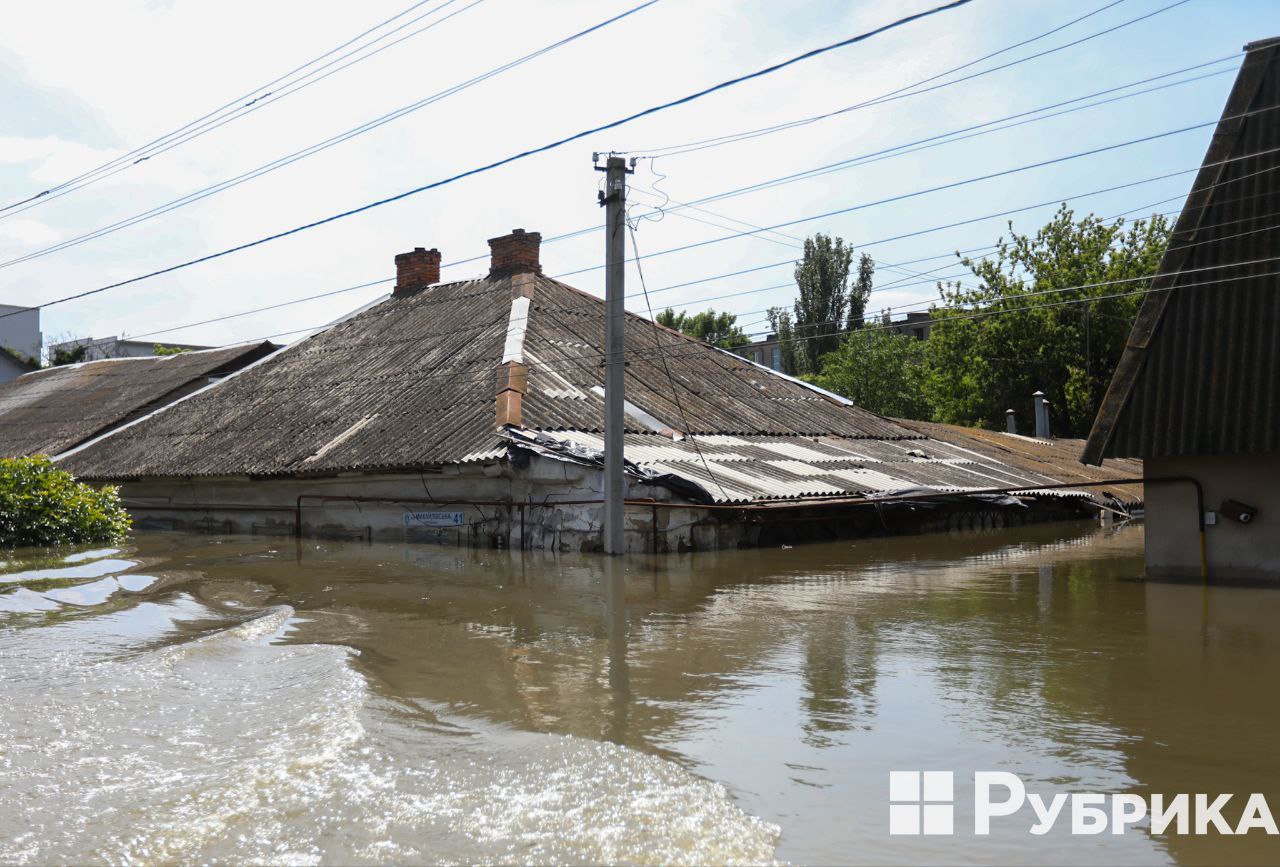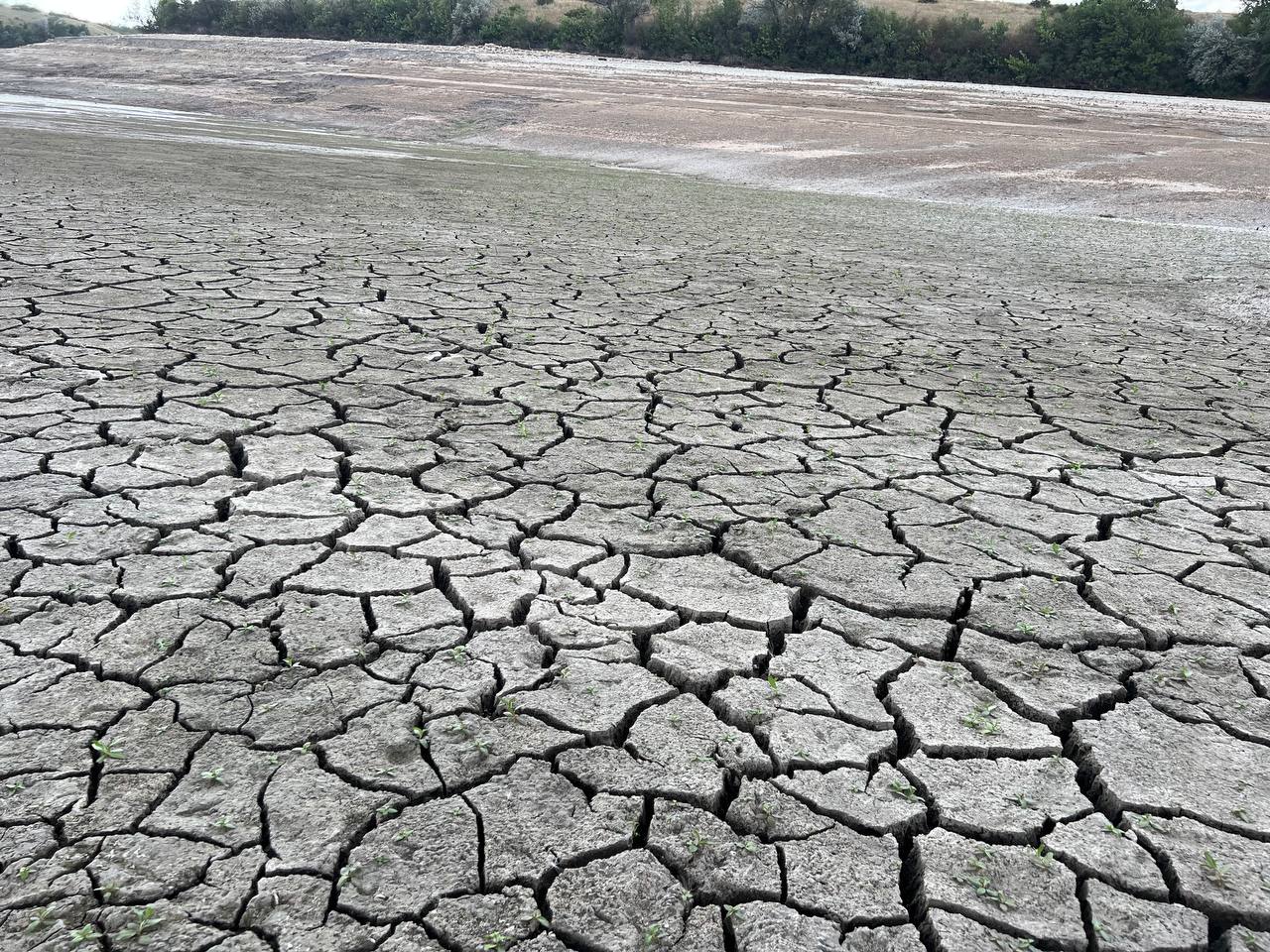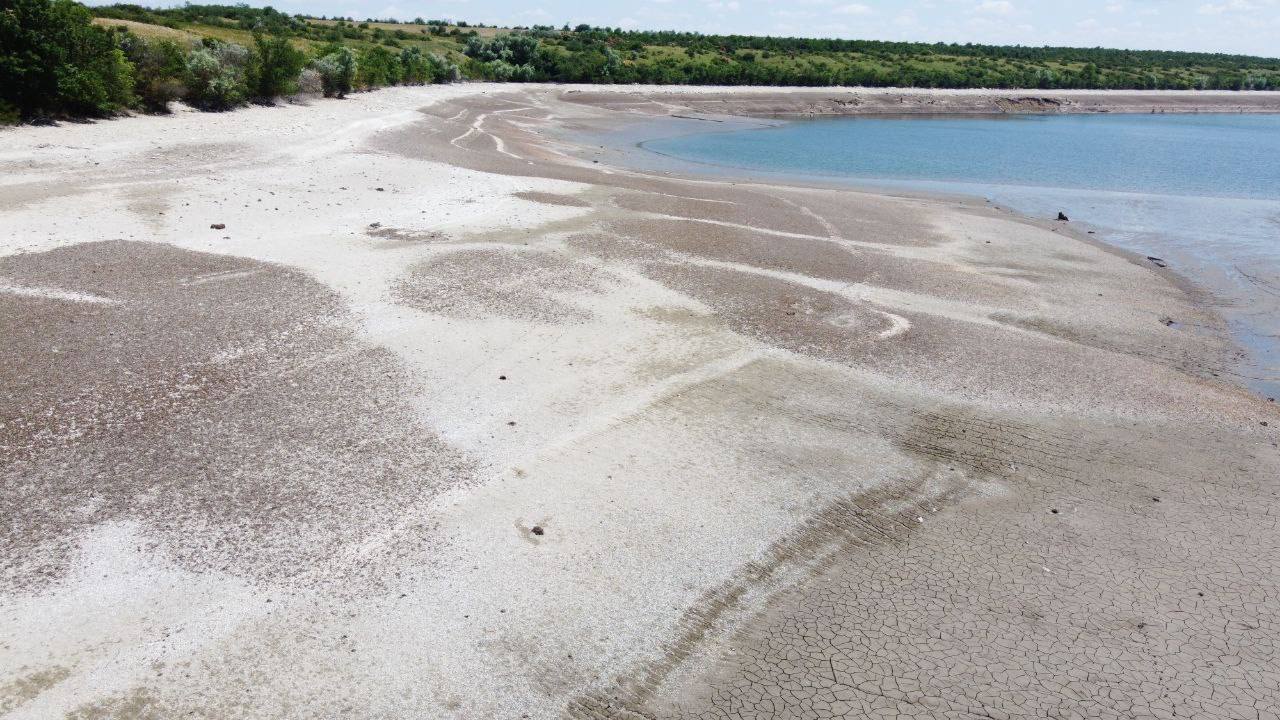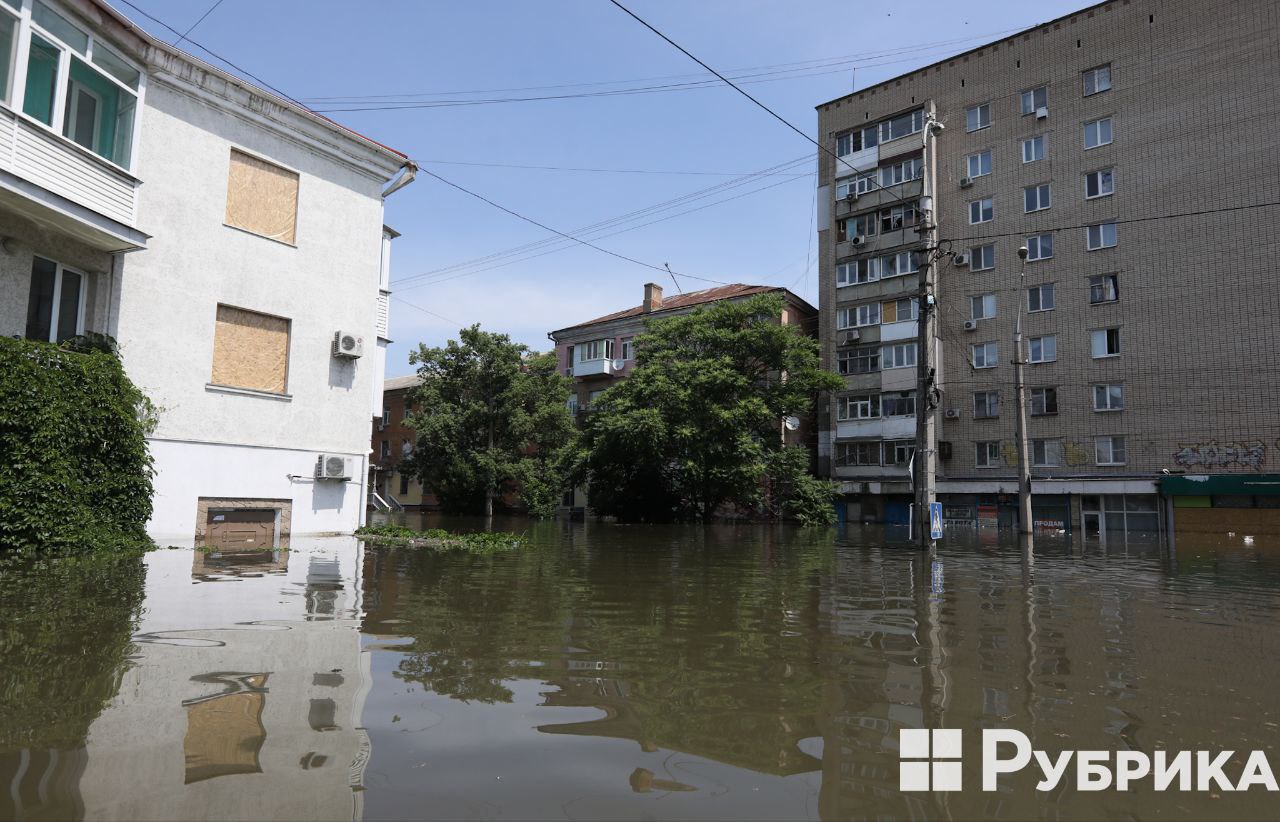Ukraine incurs $1.5 bln loss and faces desertification of south due to shallowing of Kakhovka Reservoir

About three months ago, on June 6, the Russian forces destroyed Kakhovka Dam, causing 32 fatalities, 28 injuries, and 39 disappearances. The Russian Federation has inflicted around 1.5 billion US dollars of damage to Ukraine.
At a briefing in the Military Media Center, Vladyslav Dudar (an officer of the Ministry of Defense of Ukraine's Department of Mine Action, Civil Defense, and Environmental Security) and Dmytro Zaruba (the first deputy head of the State Environmental Inspection of Ukraine) announced this.
"It is unknown how many people died in the occupied territory due to the Russian troops blowing up the Kakhovka HPP. 68% of the flooded land is located there, and 32% is in the de-occupied territory. A total of 2,783 people were evacuated," said Vladyslav Dudar.
The officer said that 65% of the forests in the Kherson region got flooded by an "artificial flood," and it's unclear if they'll fully recover.
As the first deputy head of the State Environmental Inspection of Ukraine, Dmytro Zaruba, reported, the State Environmental Inspection has taken 600 water samples since the explosion of the Kakhovka HPP until today.

"We also took soil samples and found contamination with oil products and agrochemicals. There is no water and soil contamination today," he said.
In his turn, Vladyslav Dudar declares that today, the cleaning of the territories after the explosion of the Kakhovka HPP has been completed. The latest satellite images show that the Dnipro River has returned to its regular path.

The bare bottom of the Kakhovka Reservoir as of June 5, 2023. The territories of the National Park are to the left of the Dnieper riverbed, from the village of Chervony Mayak to Sablukivka. Source: Sentinel Hub
He emphasized that the draining of the Kakhovka Reservoir due to the Russians undermining the HPP dam may increase the aridization (desertification) trends of southern Ukraine, which will impact the global food system.
According to the officer, the reservoir stored 94% of the water that fed 30 reclamation systems of the Kherson region, 74% of the reclamation systems of the Zaporizhzhia region, and 30% of the Dnipropetrovsk region.
Even though the indicators of the average level of annual precipitation in the Kherson region exceed the indicators characteristic of the deserts of the same Spain (400 mm against 200 mm), the lack of a stable water supply, which was provided by the reservoir, will negatively affect the ecology of the south.

The bottom of the Kakhovka Reservoir on the Kamianska Sich National Park territory. Photo courtesy of Serhiy Skoryk
"Due to the anthropogenic nature of the Kherson region's ecosystem and the lack of agriculture, [draining the reservoir] will have a negative impact," Dudar said.
However, as the representative of the Ministry of Defense says:
"Some experts have counted more than 63 species of plants that are beginning to grow at the bottom of the Kakhovka Reservoir. Approximately one and a half thousand hectares are covered with vegetation."
In addition, landmines washed away by the explosion of the Kakhovka HPP remain a threat to residents of the Kherson region and other regions. Dudar says that clean areas can now be mined. In addition, Russian troops shell the territory of the Kherson region every day.

The bottom of the Kakhovka Reservoir on the territory of the Kamianska Sich National Park. Photo courtesy of Serhiy Skoryk
"More than 200 artillery munitions per day per kilometer of the front; in some places, 750 munitions were recorded. Also, the use of a huge number of mines; in some places, more than 45 thousand mines were counted on 9 kilometers of the front. This will lead to the fact that the territory will not be demined for long," the officer emphasized.
According to Zaruba, clearing the territory is difficult due to silt. Work can take up to 15 years.
"Explosive objects are challenging to identify, so the demining process in dry areas is complex and takes a lot of money and time. In Europe, there is a certain definition – closed areas after hostilities.
These national parks in Germany are mined with glass mines because it is practically impossible to demine them, only with special trawls. These parks were made into closed, protected areas," Zaruba said.
Today, the estimated damage to the Kakhovka Reservoir reaches one and a half billion dollars.
Also, the State Environmental Inspection calculated the preliminary losses throughout Ukraine. The official said they amount to more than two trillion hryvnias, that is, more than 55 billion dollars.



















































